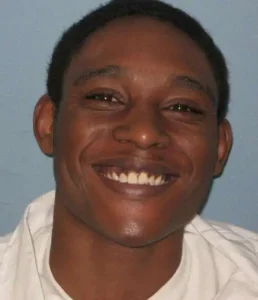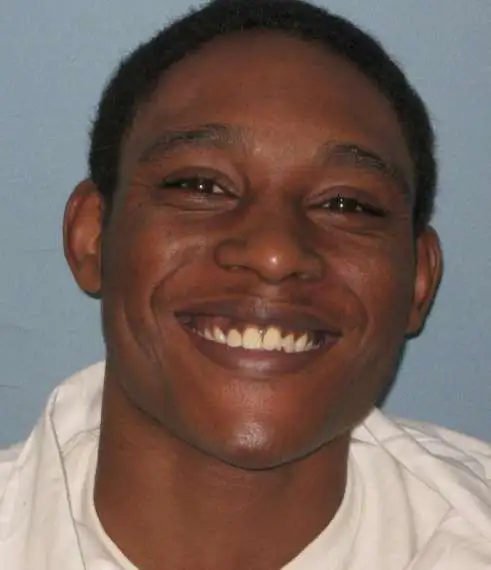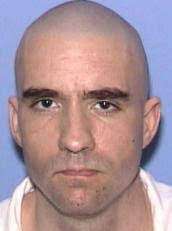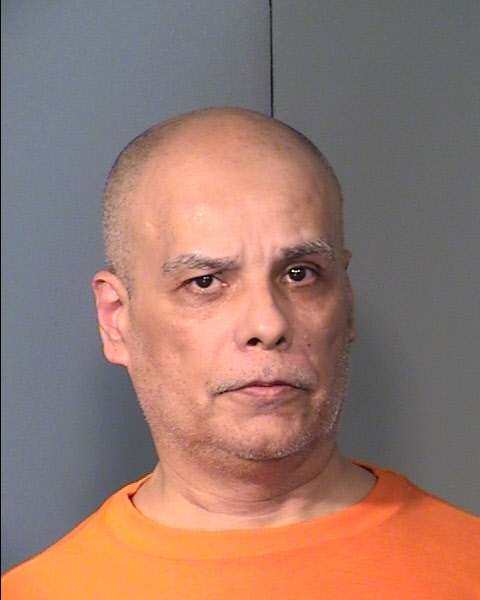Devin Thompson Murders 2 Officers In Alabama
Devin Thompson aka Devin Moore was sentenced to death in the State of Alabama for the murders of two police officers and a police dispatcher
According to court documents Devin Thompson would be brought into a police station and somehow disarmed an officer and began firing. He would kill Fayette Police Officers Arnold Strickland and James Crump and police dispatcher Leslie “Ace” Mealer before being taken into custody
Devin Thompson would be convicted and sentenced to death. Devin would attempt to blame his actions on the video game Grand Theft Auto
Devin Thompson Photos

Devin Thompson FAQ
Where Is Devin Thompson Now
Devin Thompson is incarcerated at Holman Prison
Devin Thompson Case
The State’s evidence tended to show the following. At approximately 6:00 a.m. on the morning of June 3, 2003, Tim Brown, a paramedic with the Fayette Medical Center, was dispatched to the Fayette Police Department. Brown testified that when he approached the station he saw Mealer’s body lying on the other side of the door to the police station, which was locked. After he forced his way inside, Brown said, he discovered that Mealer had been shot in the head. He proceeded through the building and found the bodies of Officer Crump and Officer Strickland. Both, he said, had been shot in the head and were lying in a pool of blood.
Testimony showed that at around 3:00 a.m. on the morning of June 3, 2003, Officer Crump and Officer Strickland approached a vehicle parked in the lot of a local restaurant and found Thompson asleep in the vehicle. The dispatcher informed them that the vehicle had been stolen, and the officers took Thompson into custody.
While the officers were booking Thompson they discovered that a dry-cleaning business, near where the car had been stolen, had been burglarized and clothing had been taken from that business. A shoe print had been discovered at the scene of that burglary. The officers removed Thompson’s handcuffs in order to take his fingerprints and removed one of his shoes to get a shoe print.
While Thompson was being fingerprinted, he took Strickland’s .40–caliber service pistol and shot Strickland in the head. Thompson then crossed the hall and shot Officer Crump in the head. As Thompson walked toward the exit of the police station he encountered Mealer. He shot Mealer multiple times and left the station.
Thompson attempted to reenter the station when he realized that one of his shoes was still inside, but the door had automatically locked when it closed, and he was unable to reenter. Thompson proceeded to the Fayette Fire Station, which was located in the same building as the Fayette Police Department, and told two firemen that “something bad had happened up front.” Thompson then stole a police cruiser and fled the scene. He was arrested later that day near Columbus, Mississippi. The pistol Thompson had taken from Officer Strickland was found in the police cruiser.
At trial, Thompson did not dispute that he shot and killed the police officers and the dispatcher. His defense was that he was not guilty by reason of mental disease or defect. Thompson presented expert testimony to the effect that he was suffering from post-traumatic stress disorder (“PTSD”) at the time of the murders and that he was in a dissociative state; therefore, he argued, he was not responsible for his actions. The State countered Thompson’s expert testimony by presenting expert testimony to the effect that Thompson was not in a dissociative state when he committed the murders.
The jury convicted Thompson of six counts of capital murder. A separate sentencing hearing was held, and the jury recommended, by a vote of 10 to 2, that Thompson be sentenced to death. A presentence report was prepared, and a separate sentencing hearing was held before the circuit court. The circuit court found four aggravating circumstances: (1) That the murders were committed during the course of a robbery, § 13A–5–49(4), Ala.Code 1975; (2) that the murders were committed for the purpose of avoiding or preventing an arrest or effecting an escape from custody, § 13A–5–49(5), Ala.Code 1975; (3) that the murders were committed to disrupt or hinder the lawful exercise of a governmental function or the enforcement of laws, § 13A–5–49(7), Ala.Code 1975; and (4) that the multiple murders were committed pursuant to one scheme or course of conduct, § 13A–5–49(9), Ala.Code 1975. After weighing the aggravating circumstances and the mitigating circumstances, the circuit court followed the jury’s recommendation and sentenced Thompson to death. This appeal, which is automatic in a case involving the death penalty, followed. See § 13A–5–53, Ala.Code 1975.
https://caselaw.findlaw.com/court/al-court-of-criminal-appeals/1594962.html














